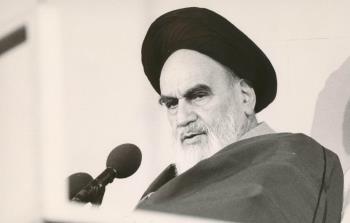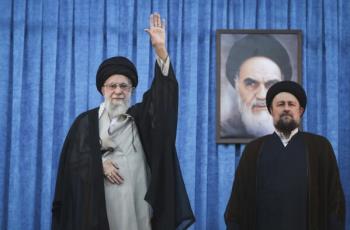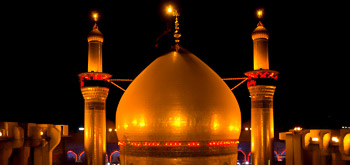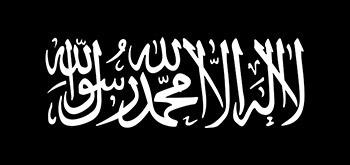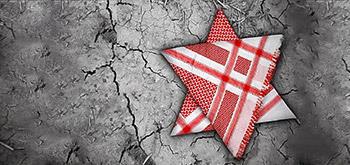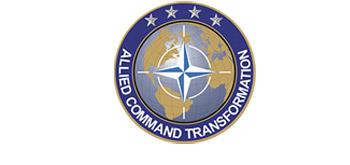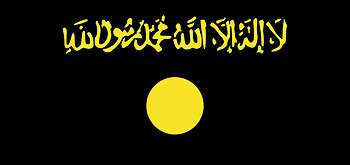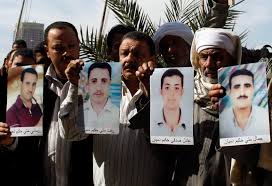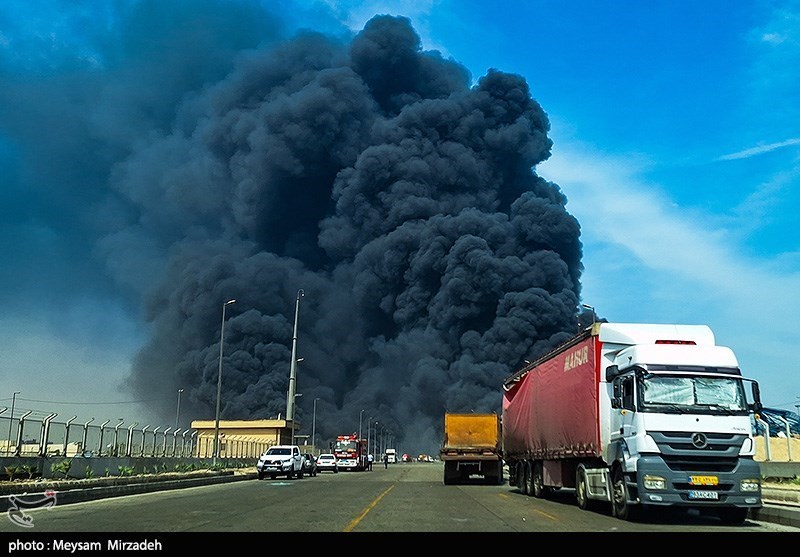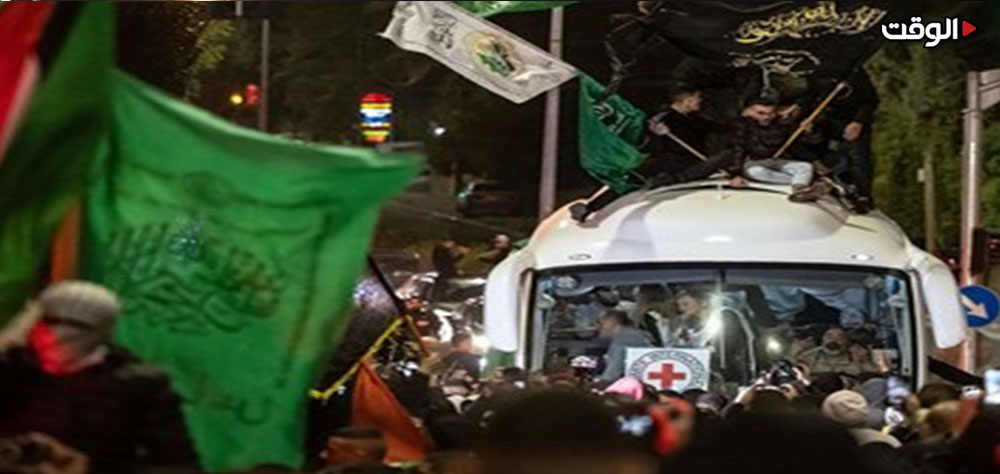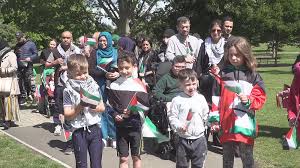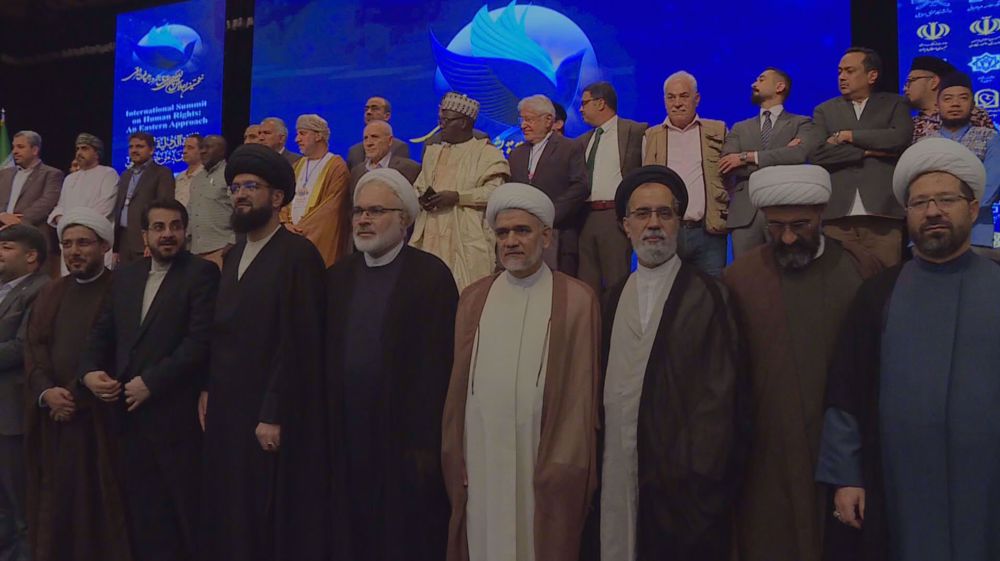Alwaght - Two separate
incidents of violence have claimed lives of at least five people in Libya as
the security situation further deteriorates in the conflict-ridden North
African country.
In the first incident, at least four
people were killed and nearly a dozen injured on Friday during a series of
violent clashes between government forces and militants near the Libyan capital
Tripoli.
The fierce fighting broke out after the
militants launched an assault on the town of Aziziya, located 35 kilometers
south of the capital.
Separately, the only functioning
airport of Tripoli, Mitiga, was hit by mortar shells fired from an unknown
location. A local security source said an airport employee was killed in the
attack.
"The mortar.... struck a bus
transporting three airport employees, killing one and wounding another,"
media outlets quoted the source as saying.
No group immediately claimed
responsibility for the fatal attack.
Libya has two rival governments vying
for control of the country, with one faction controlling Tripoli, and the
other, Libya’s internationally recognized government, governing the cities of
Bayda and Tobruk.
The government and elected parliament
moved to the eastern city of Tobruk after Libya Dawn militia and some armed
groups based in the northwestern city of Misrata seized Tripoli and most
government institutions in August 2014.
Several rounds of peace talks brokered
by the UN have been held in recent months aimed at forming a unity government
between the rival factions. The peace talks have failed to deliver any
practical results yet.
Libya plunged into chaos after the ouster
of longtime dictator Muammar Gaddafi in 2011, which gave rise to a patchwork of
heavily-armed militias and deep political divisions. Three years on, the
country is still struggling with insecurity.

